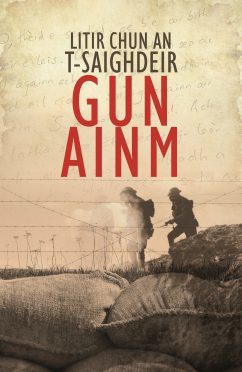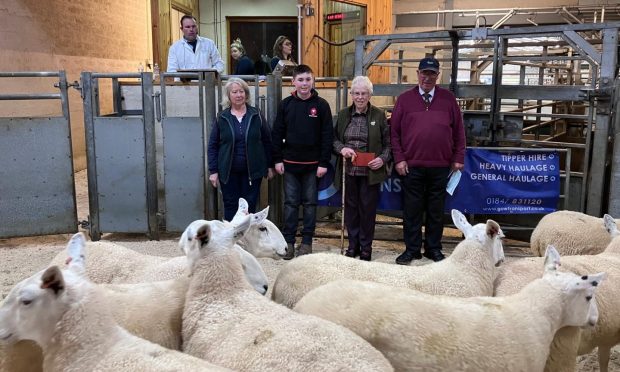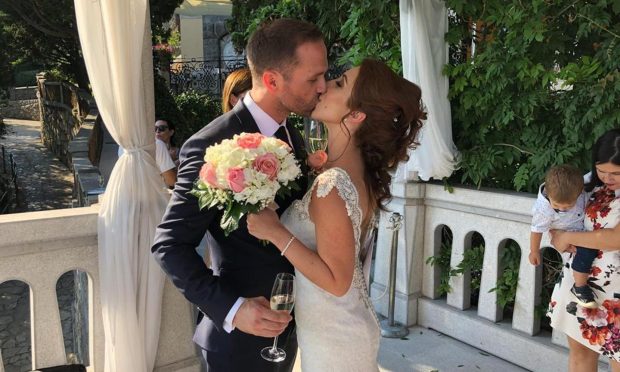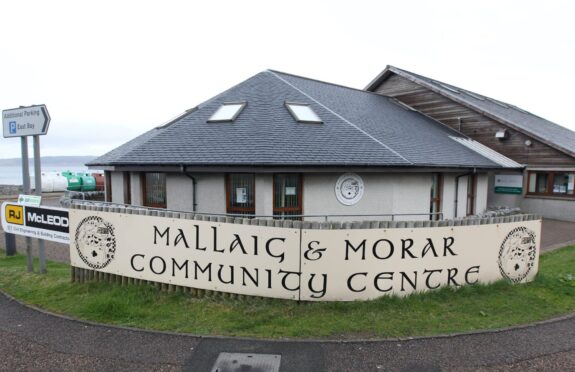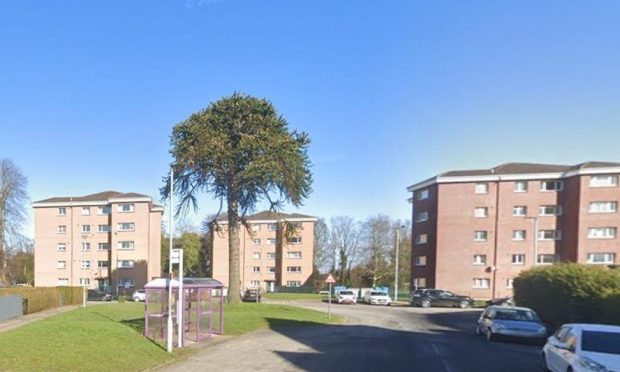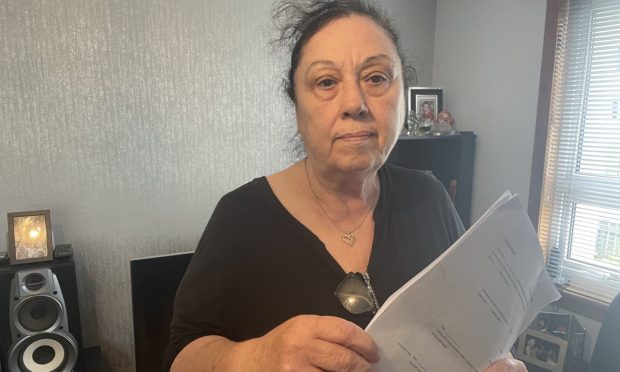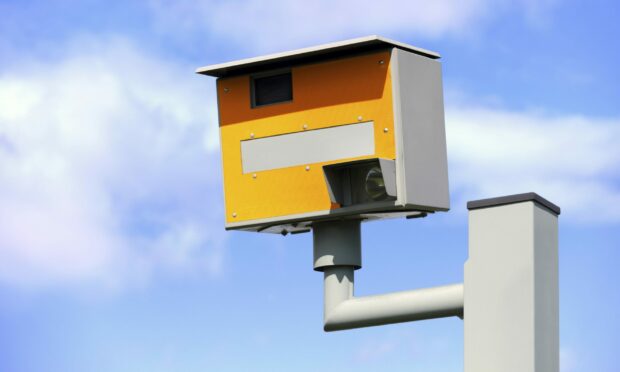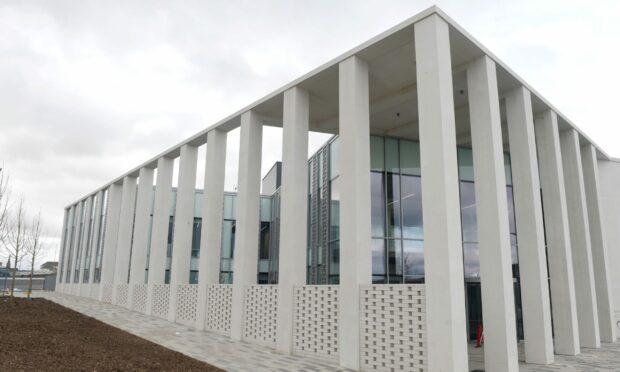A poignant book of Gaelic letters has been compiled as part of a project inspired by a World War I statue of a soldier reading an anonymous letter.
The bronze memorial in London’s Paddington Station is a life-size statue of a soldier in trench uniform reading the letter.
Members of the public were encouraged to take a moment to go back in time and pen their own personal letters to loved ones.
More than 50 letters were written and broadcast in Gaelic and they make up a unique collection compiled 100 years after World War I.
The Gaelic-speaking parts of the Highlands were hit especially hard by the death toll during the war.
Letters were composed in various styles – from poems to critiques of the purpose of war – from the perspective of various family members trying to imagine what the soldier might be experiencing.
Many passed on news of the community they left behind with some trying to keep things lighter for the reader.
One young writer conveyed the mood of many young boys at the time, stating: “Murdo and I were fishing down at the river today. I gave him my fishing rod and I used your one. I caught three trout and Murdo caught two. I wish I was old enough to be in the Army. I envy you. Two more years though and I’ll be old enough. If I’m lucky the War will still be on.”
The publication of the collection of letters came about from a collaboration between the BBC, the Gaelic Publishing House CLÀR with support from The Gaelic Books Council.
The book will be launched on Saturday at the Aye Write Book Festival in Glasgow’s Mitchell Library at 3pm.
BBC Radio Four and Radio nan Gaidheal encouraged people to write and read out their letters on air.
Creators Neil Bartlett and Kate Pullinger were deeply moved at the response with more than 21,000 letters received from across the UK and around the world.
